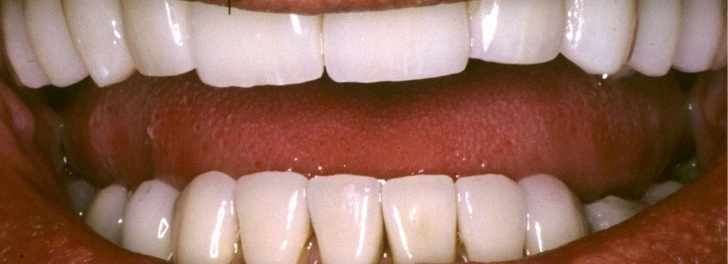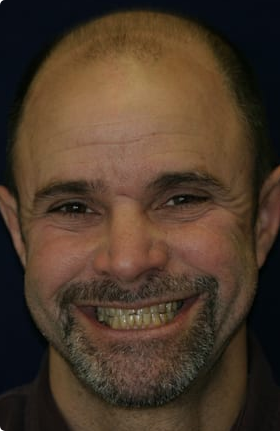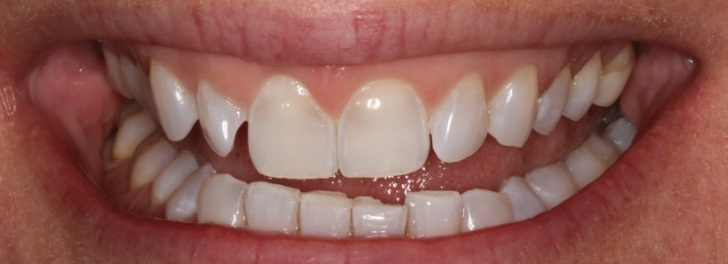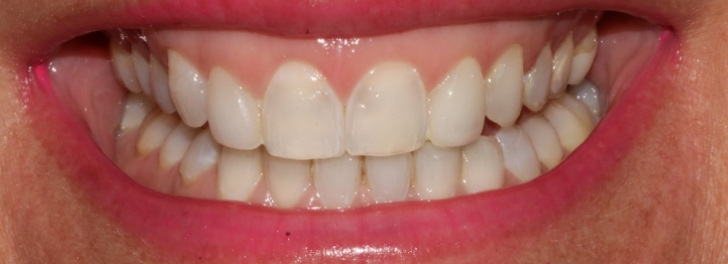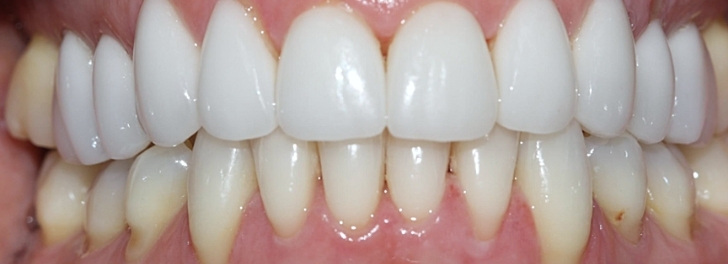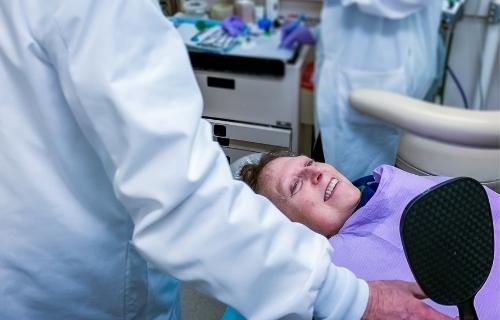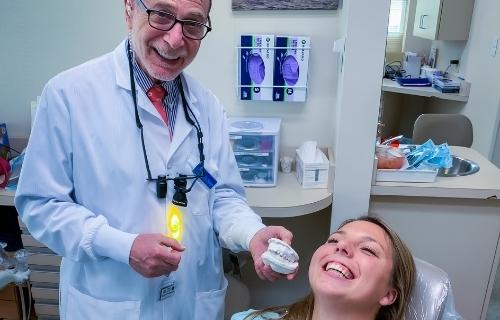












[drjerry_tabs_show]
Solution 1: Six Month Smiles
Clear Braces, Straight Teeth In About 6 Months
Six Month Smiles uses clear braces that are barely noticeable to gently and and gradually move the teeth that show the most when you smile.
For more information about Six Month Smiles please call us today at (203) 324-6171 or request a free consultation.
Some Fantastic Benefits of Six Month Smiles
Here’s what makes Six Month Smiles so innovative:
-
 Average treatment times of only six months
Average treatment times of only six months
-
 Use of braces has shown to provide the most conservative final result
Use of braces has shown to provide the most conservative final result
-
 Six Month Smiles is typically less expensive than traditional braces
Six Month Smiles is typically less expensive than traditional braces
-
 Six Month Smiles clear brackets and tooth-colored wires are barely visible
Six Month Smiles clear brackets and tooth-colored wires are barely visible
-
 Low forces and short orthodontic treatment increase safety, and hygiene
Low forces and short orthodontic treatment increase safety, and hygiene
-
 Six Month Smiles is typically less expensive than traditional braces
Six Month Smiles is typically less expensive than traditional braces
Solution 2: Porcelian Veneers And Crowns
An Ultra Fast Way to Straighten & Whiten Your Smile

Veneers can instantly straighten and whiten your teeth at the same time! People think of braces when they straighten their teeth, but braces can’t cure every problem and not everyone who wants straight teeth wants braces. In just two visits and two weeks you can have a straighter smile using porcelain veneers and crowns.
For more information about Dental Veneers please call us today at (203) 324-6171 or request a free consultation.
Benefits of Getting Dental Veneers
Porcelain veneers and crowns are extremely versatile and quick way to correct a large number of smile problems.
-
 A great solution if you want to improve your smile quickly.
A great solution if you want to improve your smile quickly.
-
 Veneers can replace missing or broken teeth
Veneers can replace missing or broken teeth
-
 Great option if you want to brighten up your smile.
Great option if you want to brighten up your smile.
-
 Veneers give you a straight natural – beautiful looking smile.
Veneers give you a straight natural – beautiful looking smile.
Solution 3: Invisalign
Clear Aligners That Are Virtually Invisible

Invisalign is a state-of-the-art alternative to braces that is virtually undetectable to other people. It straightens your teeth, not with brackets and wires, but with a series of clear, customized, removable appliances called aligners.
For more information about Invisalign please call us today at (203) 324-6171 or request a free consultation.
Some Fantastic Benefits of Invisalign
Invisalign can effectively treat a wide variety of problems and offers some fantastic benefits:
-
 Invisalign is invisible so people may not even notice you’re wearing them
Invisalign is invisible so people may not even notice you’re wearing them
-
 You can keep eating all of your favorite foods
You can keep eating all of your favorite foods
-
 Avoid the hassle of dental visits from broken wires and brackets
Avoid the hassle of dental visits from broken wires and brackets
-
 The clear aligners are removable so brushing and flossing is easy
The clear aligners are removable so brushing and flossing is easy
-
 Stay active in all the sports and activities you love
Stay active in all the sports and activities you love
-
 Invisalign is invisible so people may not even notice you’re wearing them
Invisalign is invisible so people may not even notice you’re wearing them
[testimonial_design1]





